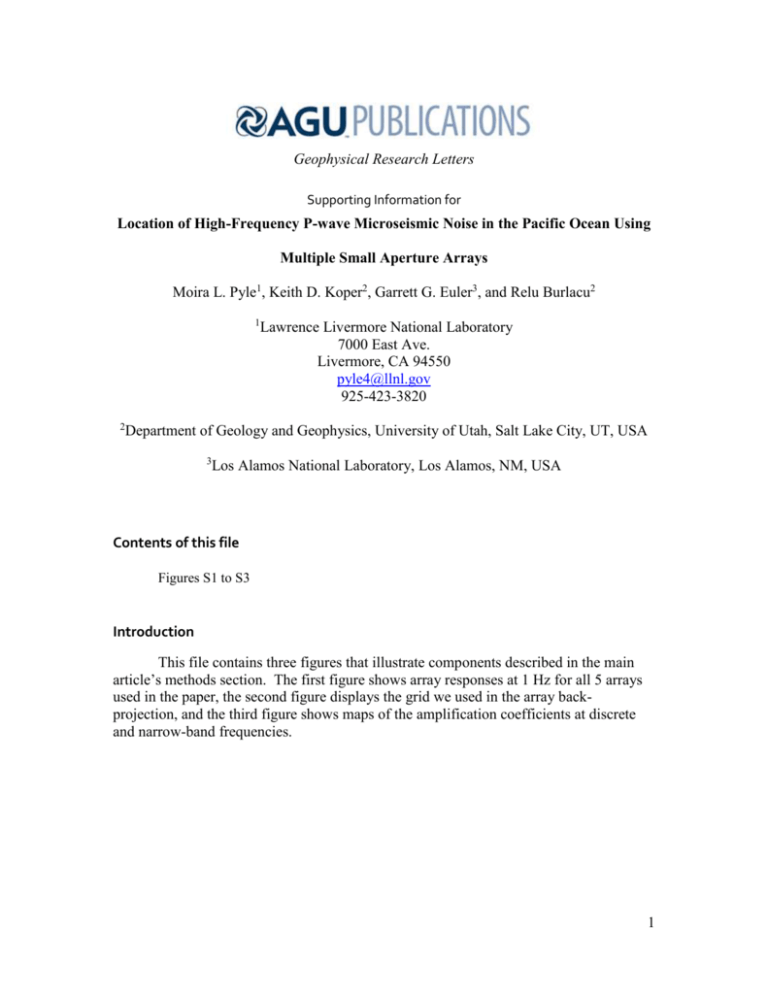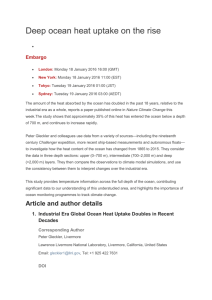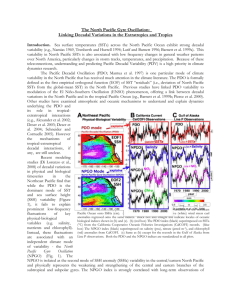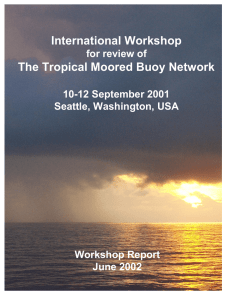grl52821-sup-0004-supinfo
advertisement

Geophysical Research Letters Supporting Information for Location of High-Frequency P-wave Microseismic Noise in the Pacific Ocean Using Multiple Small Aperture Arrays Moira L. Pyle1, Keith D. Koper2, Garrett G. Euler3, and Relu Burlacu2 1 2 Lawrence Livermore National Laboratory 7000 East Ave. Livermore, CA 94550 pyle4@llnl.gov 925-423-3820 Department of Geology and Geophysics, University of Utah, Salt Lake City, UT, USA 3 Los Alamos National Laboratory, Los Alamos, NM, USA Contents of this file Figures S1 to S3 Introduction This file contains three figures that illustrate components described in the main article’s methods section. The first figure shows array responses at 1 Hz for all 5 arrays used in the paper, the second figure displays the grid we used in the array backprojection, and the third figure shows maps of the amplification coefficients at discrete and narrow-band frequencies. 1 Figure S1. Array responses for a vertically incident wave at 1.0 Hz for (a) ASAR, (b) CMAR, (c) ILAR, (d) KSRS, and (e) YKA. In each panel, circles are drawn for velocities of 25 km/sec, 8 km/sec, and 4 km/sec. 2 Figure S2. Grid used in back-projection with view centered on (a) the Pacific Ocean, (b) Europe, (c) the South Pole, (d) the North Pole, and (e) a close up of the Pacific Ocean. Grid spacing is approximately 200 km and contains 12,792 points. 3 Figure S3. P-wave amplification coefficients [Gualtieri et al., 2014] at discrete frequencies (a) 0.67 Hz, (c) 1.00 Hz, and (e) 1.33 Hz, and averaged over narrow-band frequencies (similar to Figure 3b) (b) 0.70-0.80 Hz, (d) 0.95-1.05 Hz, and (f) 1.20-1.30 Hz. 4





